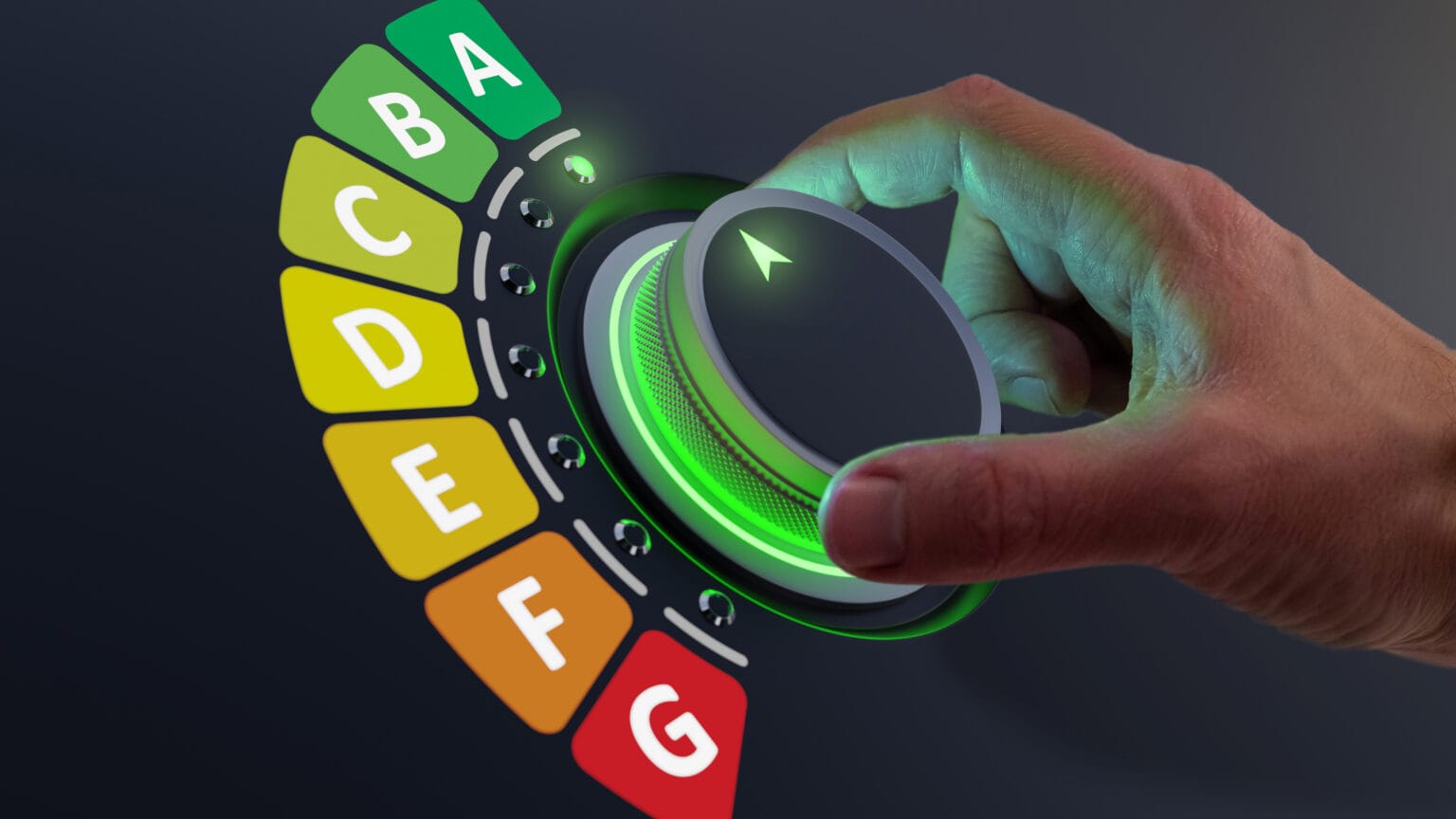Launched in 2016 with the ambition of reducing energy consumption by 20% by 2030, the national energy efficiency strategy is lagging. Eight years after its start, the results achieved remain modest and out of sync with the set objectives.
According to the latest data, energy intensity – that is, the amount of energy needed to produce one million dirhams of GDP – has decreased by only 6.3% between 2016 and 2023. An improvement, certainly, but still far from the targeted trajectory. In a context of sustained economic growth, overall energy consumption continues to rise, partly masking the progress made.
For Mohamed Benyahia, director general of the Moroccan Agency for Energy Efficiency (AMEE), the assessment must be made in light of energy intensity, rather than just gross consumption. A structurally developing economy is, by nature, more energy-intensive, but it can also become more efficient in its resource use.
A project to strengthen on several fronts
To accelerate progress, the authorities plan to broaden access to financing, disseminate best practices in the regions, support lagging sectors, and, above all, instill a culture of energy sobriety. The goal: to make energy efficiency a collective reflex, surpassing just the circles of experts.
Efforts are also focused on improving the energy mix. By reducing dependence on fossil fuels and promoting renewable energies – solar, wind, and hydraulic storage – Morocco is moving towards cleaner production. The development of storage, particularly through the decrease in battery costs, becomes a key lever to stabilize intermittent production and optimize consumption.
An ecosystem under construction
The country can now rely on about twenty energy audit structures and three ESCOs (energy service companies): those of CDG, Attijariwafa bank, and SIE, a specialized public company. These players play a central role: auditors identify ways to reduce consumption, while ESCOs finance and implement the proposed solutions, earning from the savings generated.
Despite these mechanisms, the results show that the momentum needs to be strengthened on all fronts: engineering, regulation, financing, and public awareness. The transition to a less energy-intensive economy remains a project to consolidate if Morocco wants to achieve its 2030 ambition.
With L’Economiste


